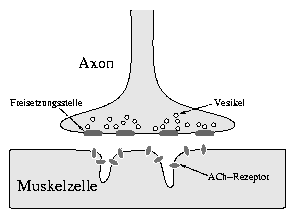What Does The EMG Show In LRP4 Myasthenia Gravis
Abstract
BACKGROUND AND PURPOSE:
The aim was to determine the electrophysiological profile of our cohort of low density lipoprotein receptor related protein 4 (LRP4) positive myasthenia gravis (MG) patients.
METHODS:
A repetitive nerve stimulation (RNS) test and jitter analysis using a concentric needle electrode were performed in 17 LRP4 positive MG patients. The results were compared to 31 muscle-specific tyrosine kinase (MuSK) positive and 28 acetylcholine receptor (AChR) positive MG patients.
RESULTS:
The RNS test was negative in almost all patients belonging to the LRP4/seronegative and LRP4/MuSK groups. It was positive most frequently in the AChR MG patients, especially those without anti-LRP4 antibodies. The presence of anti-LRP4 antibodies was connected to lower decrement values, whilst the independent presence of anti-AChR or anti-MuSK antibodies was connected to higher decrement values. Lowest jitter was recorded in patients with LRP4/seronegative MG. The highest percentage of pathological jitter analysis test results was present in MuSK and AChR MG patients. The isolate presence of anti-LRP4 antibodies did not influence the mean consecutive difference values, whilst mean consecutive difference values were higher in the presence of anti-AChR or anti-MuSK antibodies.
CONCLUSIONS:
Low density lipoprotein receptor related protein 4 positive patients make a distinct MG subgroup with rarely detected pathological electrophysiological test results. The lack of influence of anti-LRP4 antibodies on the different electrophysiological parameters brings into question the pathogenic role of anti-LRP4 antibodies in MG.
This reference is now included in the neurochecklist:
Myasthenia gravis (MG): anti-LRP4 and anti-cortactin autoantibodies


Comments
Post a Comment